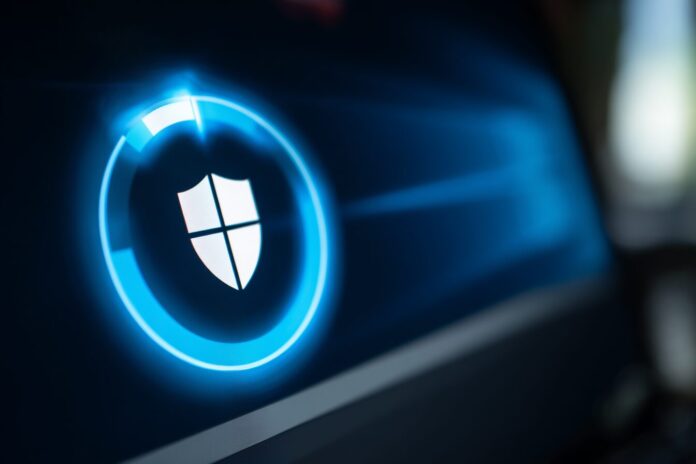Microsoft’s New Approach to Driver Management
Microsoft has launched a major initiative to clean up legacy drivers from Windows Update, marking a pivotal shift in how Windows manages hardware compatibility and security. This change comes as part of a broader strategy to provide only the most reliable and up-to-date drivers to users across the Windows ecosystem[3]. Most importantly, this transition aligns with current technological demands and offers a more secure foundation for modern computing environments.
In addition, the company is adopting new guidelines to better classify drivers based on relevance and support. Because outdated drivers can hamper system performance, Microsoft’s strategic removal of legacy drivers ensures smoother updates and fewer compatibility issues. Therefore, this initiative not only optimizes driver performance but also bolsters overall system security.
Why Remove Legacy Drivers from Windows Update?
The primary goal behind this move is to enhance both security and compatibility on Windows devices. Outdated drivers have long been known to harbor unpatched vulnerabilities, potentially exposing systems to security risks. Because the removal of these legacy components minimizes such threats, users benefit from a safer, more stable computing experience[2]. Most importantly, by phasing out these drivers, Microsoft is setting a new standard for driver reliability.
Moreover, hardware partners now have the opportunity to republish essential drivers only if they can provide a valid business justification. This step ensures a rigorous review process, thereby eliminating outdated solutions and promoting the use of contemporary, well-supported drivers. Therefore, both vendors and users stand to gain from a more secure and manageable driver ecosystem.
How the Cleanup Process Works
The cleanup process involves strategically expiring drivers by removing their association with designated audiences in the Windows Update catalog. This practical step means that legacy drivers will no longer be offered to Windows systems, enabling a controlled environment where only current drivers are available[1]. Besides that, this process minimizes the potential for software conflicts by ensuring that every driver meets updated security and performance standards.
Furthermore, the initial phase targets drivers with already available, supported replacements. Because the revamped process includes notifying hardware partners and providing them a six-month window to justify driver reinstatement, it adds thorough oversight. Therefore, if no compelling business case is raised within this period, the drivers are permanently removed, enhancing system integrity and user trust.[5].
What Does This Mean for End Users?
For everyday Windows users, the removal of legacy drivers signifies an improvement in system reliability and security. Because you’re now less likely to receive outdated or insecure drivers via Windows Update, your device will operate with heightened efficiency. Most importantly, this shift removes a common source of driver-related errors and compatibility issues.
Furthermore, transitioning to the latest drivers means that performance enhancements become more noticeable, especially on high-performance or modern hardware. Besides that, users can experience better system responsiveness and stability, as only verified and optimized drivers are deployed. This proactive approach to driver management ultimately prepares your device for future software updates and evolving technology standards[3].
Impact on Hardware Partners and Device Manufacturers
Device manufacturers and hardware partners play a pivotal role in navigating this transformative change. Partners must now republish drivers only when they can substantiate their necessity with clear business justifications. Because this supports a more deliberate and cautious strategy, every published driver undergoes thorough scrutiny[2]. Most importantly, this process encourages manufacturers to constantly evaluate and update their driver portfolios.
In addition, Microsoft has requested that its partners review their current driver inventories in a detailed manner. This collaborative process not only simplifies future troubleshooting but also guarantees that users receive only the most stable and secure updates. Consequently, the entire Windows ecosystem is positioned to achieve improved hardware compatibility and robust security enhancements.
Future of Driver Updates: Routine Cleanups and Evolving Standards
Looking forward, Microsoft plans to institutionalize these cleanup operations as a regular component of Windows maintenance. Because the ongoing efforts are designed to adapt to modern hardware and software trends, future phases might expand to additional driver categories. Therefore, users will continue to benefit from the gradual evolution towards a more secure and efficient driver ecosystem[5].
Moreover, new publishing guidelines are set to guide hardware vendors in delivering drivers that comply with updated security protocols. Most importantly, these evolving standards will ensure that Windows Update remains a trusted source for secure, reliable, and optimized driver installations. Because transparency and collaboration are paramount, Microsoft will continue to actively involve hardware partners throughout each phase of this process[1].
Conclusion
In conclusion, Microsoft’s strategic cleanup of legacy drivers from Windows Update is a major step towards a safer and more reliable computing experience. Most importantly, the removal of outdated drivers will improve system security and performance by reducing the number of potential vulnerabilities. Because this initiative embraces modern driver standards, it sets the stage for a smoother and more consistent update process.
Therefore, whether you are a regular user or a hardware partner, these changes herald a fruitful evolution in driver management. Besides that, the initiative ensures that the overall Windows ecosystem remains robust and adaptable in the face of continuous technological advancements.



